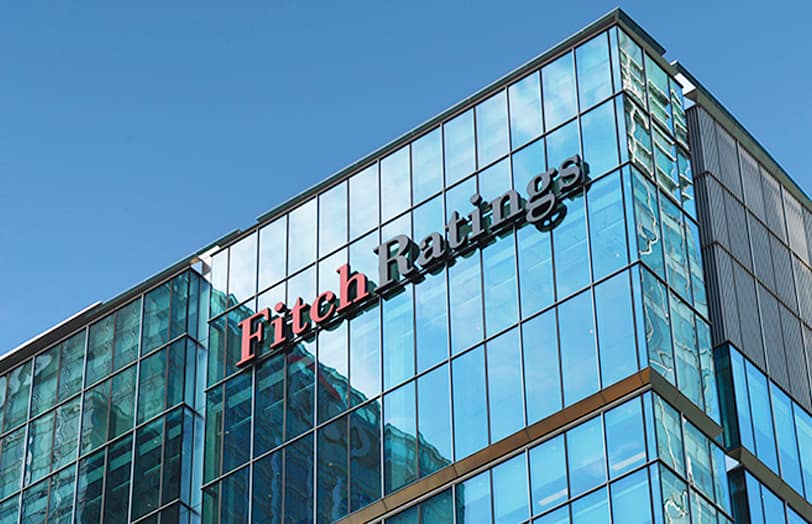Recent results from major Italian primary insurance companies have clearly evidenced that reinsurance terms, conditions and higher attachments are driving higher retention of catastrophe losses, eroding insurer performance, Fitch Ratings has highlighted.
 The new reality is that there will be a higher retention of catastrophe losses for primary insurers, in the new, harder reinsurance market environment.
The new reality is that there will be a higher retention of catastrophe losses for primary insurers, in the new, harder reinsurance market environment.
Reinsurance covers attach at higher levels, meaning more of the catastrophe and weather loss burden that is suffered are retained by primary carriers.
But, at the same time, the reduction in availability of frequency covers and aggregate reinsurance, is also accentuating this retention as well.
This has been especially evident in Europe and particularly so in Italy, where successive storm and flood events have driven significant impacts, where for the primary insurers, in previous years, they may have seen their claims burdens receiving more reinsurance market support.
“Results from the Italian non-life market this week illustrate how weather-related losses will typically have more impact on profitability than before the reinsurance cutbacks began in 2022,” Fitch Ratings explained.
Adding that, “Global reinsurers have tightened their terms and conditions to limit their aggregate covers and the lower layers of their natural catastrophe protection, largely in response to increasingly frequent and volatile weather-related losses due to climate change. This leaves insurers much less protected against secondary peril events. In addition, higher reinsurance prices have led some insurers to buy less cover.”
Generali, Unipol and Allianz Italy all reported that natural catastrophe losses in the first nine months of 2023, net of reinsurance, contributed more to their loss ratios than in the prior year period.
Fitch said that, while Italy and several other European countries have experienced significant natural catastrophe loss events this year, “the cost to insurers has generally been higher than from similar events in previous years.”
“We believe the main reason for this is lower reinsurance cover,” the rating agency explained.
While writing more nat cat business is a business opportunity for insurers, it “would be likely to make their results more volatile, particularly if reinsurers do not reverse their recent restrictions,” Fitch said.
With insurers more exposed to weather, climate and catastrophe losses, particularly an aggregation of them, it’s evident that reinsurance protection gaps have appeared and we’re continuing to see work underway, at brokers and reinsurers, to try and create products that can fill them to a degree, without shifting all the volatility back to the reinsurance tier of the market.
We expect to see more innovative product development underway as insurers clamour for reinsurers to provide greater support, but at the same time reinsurers want to retain a delineation between the level of frequency risk they are prepared to take and what they feel the original underwriters of the risk should hold onto.
The market should not expect a sudden resurgence of appetite for aggregate catastrophe risk though.
As we reported last week, a survey from reinsurance broker Gallagher Re shows that reinsurer appetite for writing aggregate coverage and lower-layers remains limited and is likely to remain so at the key January 2024 renewal season.
Rating agency Moody’s recently highlighted that the lack of aggregate reinsurance cover is now considered a business risk to the UK P&C insurance sector.
While US insurer Allstate has been in the reinsurance market looking at aggregate stop-loss solutions that could help it cap volatility in its results.
As we have also reported before, some brokers have voiced concerns that the pull-back from provision of aggregate and frequency reinsurance coverage could damage reinsurer reputations.
Aon highlighted this as a critical area for market focus, where innovative efforts could help to fill some of the reinsurance protection gaps that have appeared.
On the retrocession side, there are product development efforts also ongoing, as brokers work with capacity providers to try and meet a resurgent demand for coverage that can help reinsurers take on more risk.
But so far it seems the lack of appetite for frequency exposure persists and nothing meaningful in terms of product-led solutions is likely to emerge, at any scale to make a real difference, before the next set of renewals at least.
In the catastrophe bond market, provision of aggregate coverage also continues to shrink back, with only a handful of transactions having provided their sponsors aggregate reinsurance or retrocession cover in recent months.
 View all of our Artemis Live video interviews and subscribe to our podcast.
View all of our Artemis Live video interviews and subscribe to our podcast.
All of our Artemis Live insurance-linked securities (ILS), catastrophe bonds and reinsurance video content and video interviews can be accessed online.
Our Artemis Live podcast can be subscribed to using the typical podcast services providers, including Apple, Google, Spotify and more.































